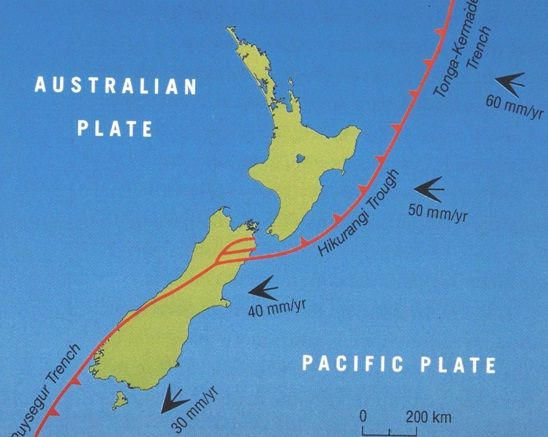Date: Wednesday 09 October 2019
Time: 1300 - 1430 (Australian Eastern Standard Time)
Registration: This even is open and complimentary to PACIFIC 2019 trade visitors, exhibitors and conference delegates. Click here to register (
PACIFIC 2019 : INTERNATIONAL MARITIME EXPOSITION : SYDNEY AUSTRALIA 8-10 OCTOBER) your interest in attending. Please note that your expression of interest does not guarantee a place; numbers at the PACIFIC 2019 complimentary conferences are limited and spaces are not guaranteed. Attendance is subject to availability and is on a first come, first served basis.
Location: Starboard Theatrette, Exposition Floor, Hall 4, International Convention Centre, Sydney.
The New Zealand Government's requirements for a new Southern Ocean Patrol Vessel will be discussed at this industry engagement session.
Industry will hear from the integrated project team from the Ministry of Defence and New Zealand Defence Force, who are responsible for delivering this project. The session will cover New Zealand's maritime patrol requirements, provide an overview of some of the technical considerations for operating in the Southern Ocean, and indicative timing for the project.
The project aims to deliver to the Royal New Zealand Navy a capability that will enable it to undertake whole-of-Government tasking within the Southern Ocean and Ross Sea areas and conduct patrols across a wider range of ice conditions than is possible with the current naval patrol fleet. Any new vessel must meet regulatory requirements under the international Polar Code, allowing New Zealand to operate with reduced risk to sensitive environments and ecosystems, and meet expectations in relation to safety of life.
Industry need to register to attend the session. There will also be opportunities during the conference to meet one-on-one with the project.
this event is presented in conjunction with the PACIFIC 2019 International Maritime Exposition.


